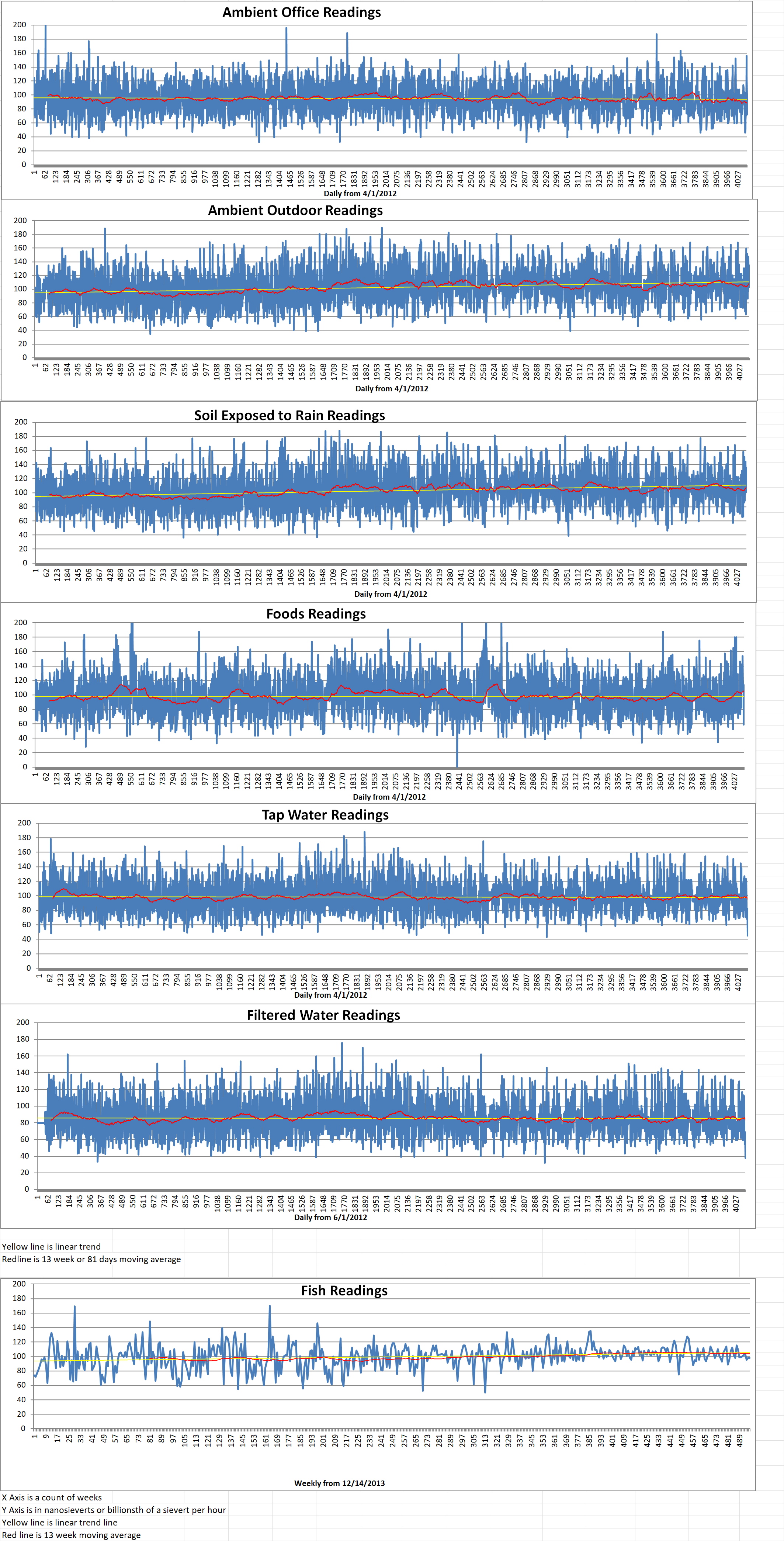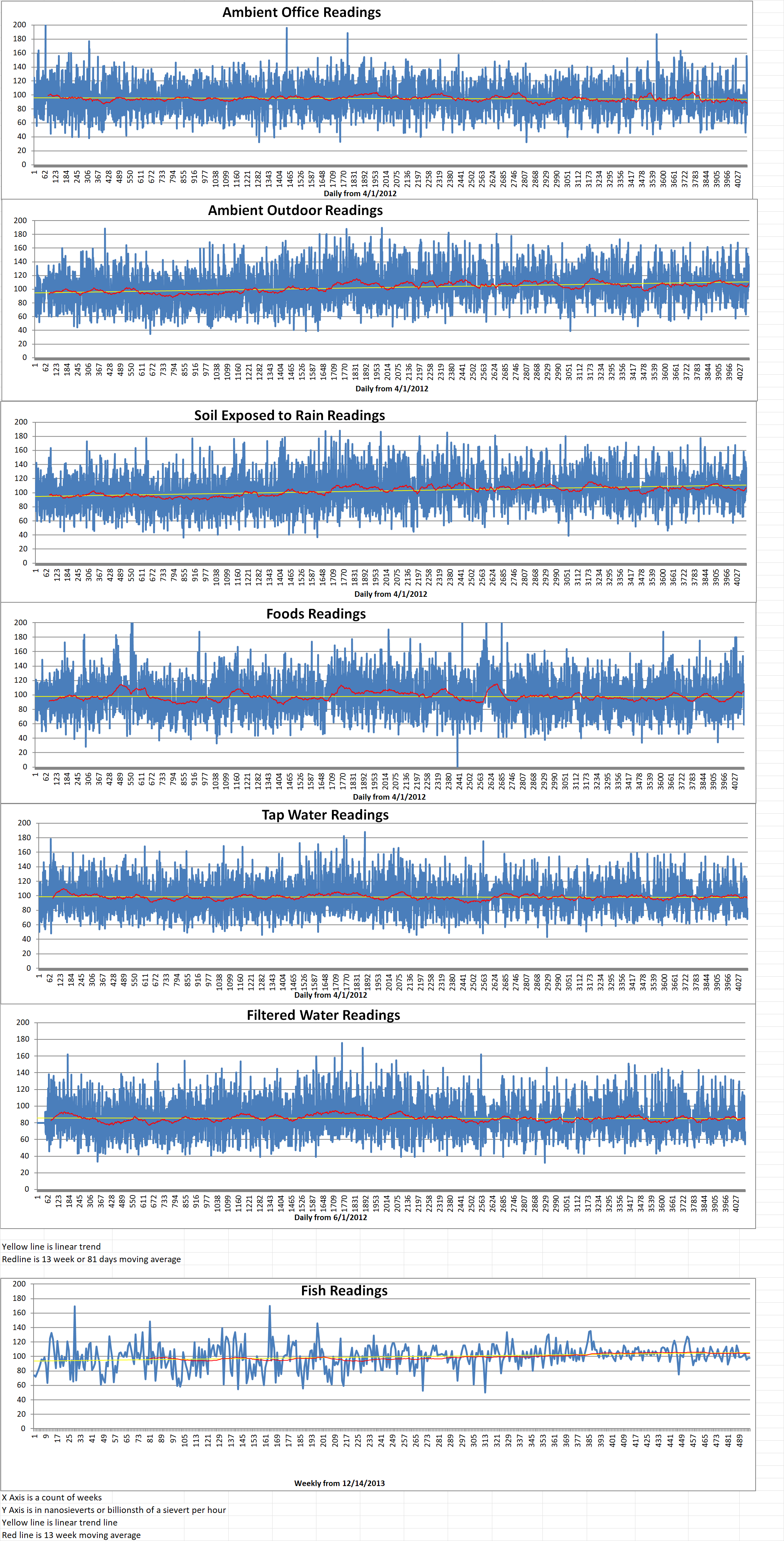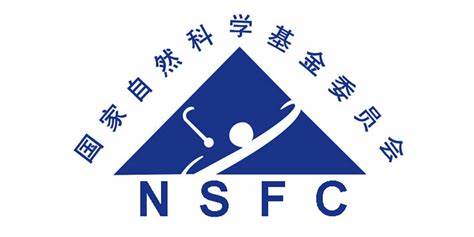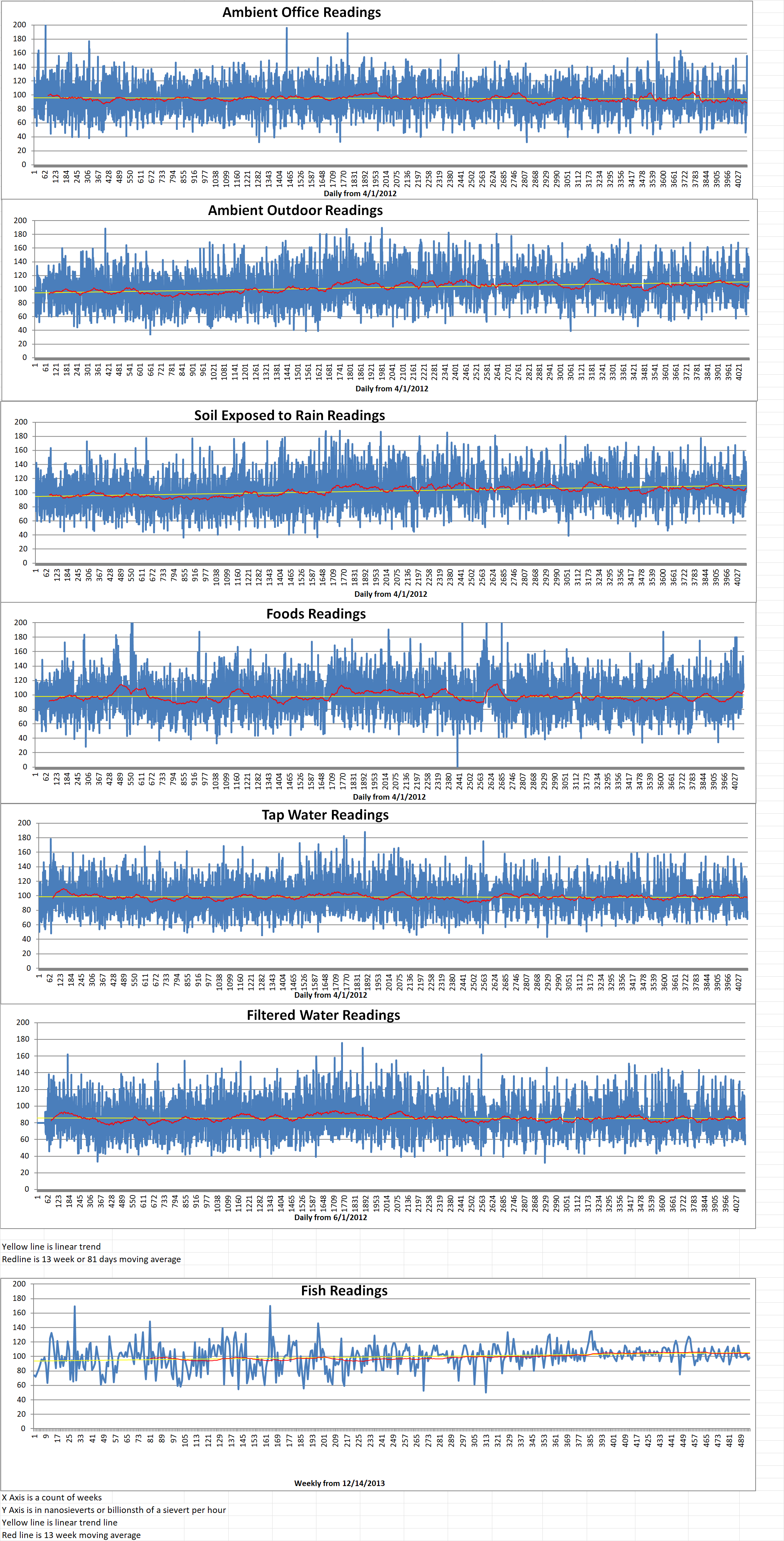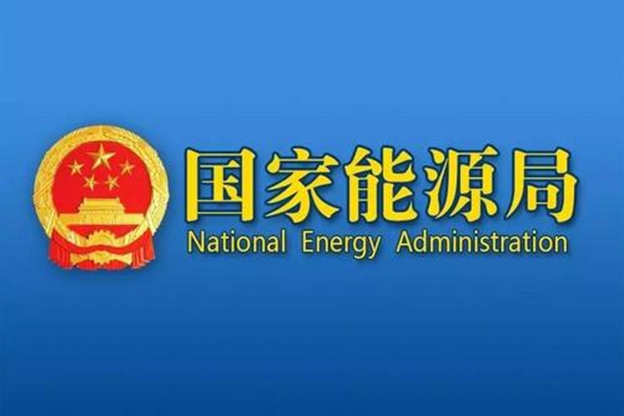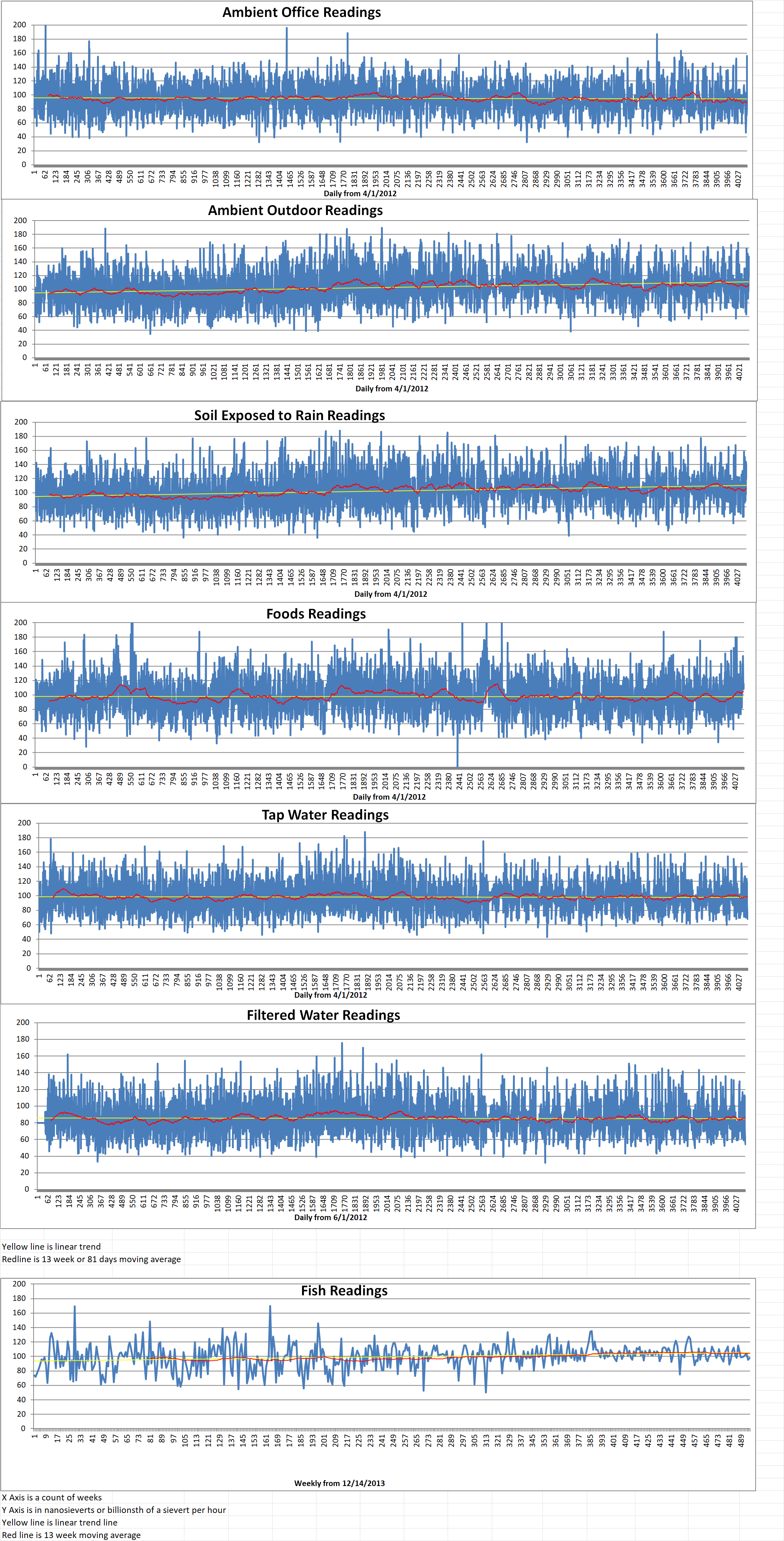Oceans cover about seventy percent of the surface of the Earth. They support a huge number of life forms. However, they also contain a dilute population of uranium atoms. If it were possible to extract these particular ions from the water, they could be a sustainable source of fuel for nuclear power reactors. Researchers recently published a report in ACS Central Science which details their development of a material to utilize with electrochemical extraction that pulls hard-to-get uranium ions from seawater more efficiently than any current method.
Nuclear fission power reactors release the energy stored inside an atom and turn it into heat and electricity by literally breaking the atom apart. Uranium has become the favored element for this process because all of its isotopes are unstable and radioactive. Currently, this metal is extracted from rocks. However, uranium ore deposits are finite. The Nuclear Energy Agency estimates that there are four and a half billion tons of uranium dissolved in the world’s oceans as uranyl atoms. Extracting these ions has proven to be very difficult because the materials for doing so don’t have enough area to trap ions effectively. Rui Zhao, Guangshan Zhu and colleagues wanted to develop an electrode material with lots of microscopic pockets that could be used in the electrochemical capture of uranium ions from seawater.
In order to create their electrodes, the team began with flexible cloth woven from carbon fibers. They coated the cloth with two specialized monomers that were then polymerized. (a monomer is a molecule that can react together with other monomer molecules to form a larger polymer chain or three-dimensional network in a process called polymerization.) Next, they soaked the cloth in hydroxylamine hydrochloride to add amidoxime groups to the polymers. The natural, porous structure of the cloth created many tiny pockets for the amidoxime to reside in to trap the uranyl ions, In their experiments, the researchers placed the coated cloth as a cathode in either naturally sourced or uranium-spiked seawater. Then they added a graphite anode. Finally, they ran a cyclic current between the electrodes. As the experiment proceeded, uranium-based precipitates accumulated on the cathode cloth.
In tests using seawater from the Bohai Sea, the electrodes extracted twelve and a half milligrams of uranium per gram of seawater over a period of twenty-four days. The coated cloth’s capacity was higher than most of the other uranium extracting materials tested by the team. In addition, using electrochemistry to trap the ions was about three times faster than allowing them to accumulate naturally on the cloth. The researchers say that this work offers an effective method to capture uranium from seawater. Their process could open up the oceans as new suppliers of nuclear fuel.
The researcher obtained funding from the National Key R&D Program of China, the National Natural Science Foundation of China, the Project of Education Department of Jilin Province, the Natural Science Foundation of Department of Science and Technology of Jilin Province, the Fundamental Research Funds for the Central Universities, and the “111” project.

